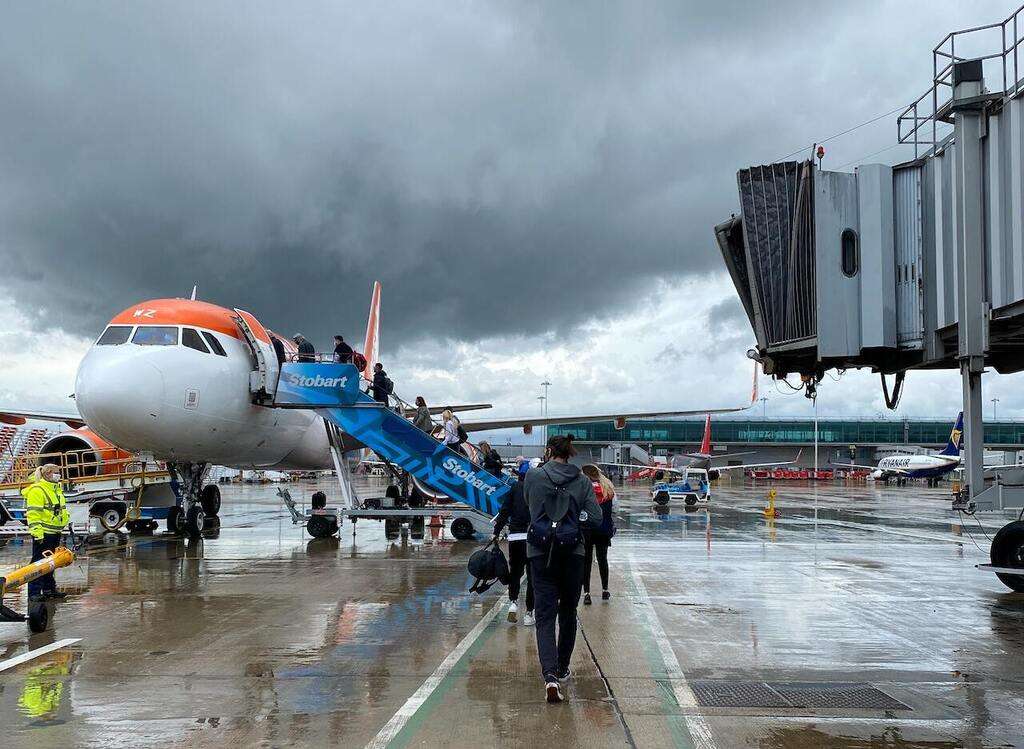The airline industry is synonymous with hefty prices and a luxurious in-flight experience. However, the advent of low-cost carriers (LCCs) and ultra low-cost carriers (ULCCs) has transformed this landscape, making air travel accessible to the masses.
This article explores the low-cost model, the differences between LCCs and ULCCs, and the reasons behind this industry revolution.
Deregulation: Sparking the Low-Cost Revolution
The airline industry had long been a highly regulated sector. However, deregulation policies in the late 20th century, particularly in the United States and later in Europe, paved the way for budget airlines.
The relaxation of government control on routes, prices, and market entry allowed new airlines to emerge and offer competitive fares.
Southwest Airlines, founded in 1971 in the United States, pioneered the ‘modern era’ low-cost model that we know today.
The success of Southwest and then other early LCCs, such as Ryanair in Europe, inspired a wave of cost-cutting carriers offering significantly cheaper tickets than legacy airlines.
While the term “low-cost carrier” emerged in the late 20th century, the concept technically goes back further.

Pacific Southwest Airlines (PSA), founded in 1949 in the United States, is generally considered the first successful low-cost airline.
They pioneered strategies like single aircraft types, high-density seating, and focusing on shorter routes, paving the way for the LCC model we know today.
Interestingly, another airline, Loftleiðir, an Icelandic carrier founded in 1944, is often called the “Hippie Airline” due to its role in offering cheaper transatlantic fares in the 1960s, particularly appealing to young travelers.
While not strictly classified as a low-cost carrier due to its operational model, it did contribute to the growing demand for affordability in air travel.


The Low-Cost Carrier (LCC) Model
Low-cost carriers operate on a model that prioritizes cost efficiency and streamlined operations:
- Single Aircraft Type: Many LCCs operate a single type of aircraft. This simplifies maintenance, training, and reduces operational costs.
- High-Density Seating: LCCs pack more seats onto their airplanes, increasing passenger capacity and maximizing revenue per flight.
- Secondary Airports: Budget airlines often operate from smaller, less congested airports, where fees are lower.
- No-Frills Approach: Forget about complimentary meals or fancy in-flight entertainment. LCCs strip down services to their bare essentials to reduce costs.
- Ancillary Revenue: LCCs make up for their low base fares by charging for various add-ons like checked baggage, seat selection, and onboard food and beverage service.

The Ultra Low-Cost Carrier (ULCC) Model
The ultra low-cost model takes the cost-cutting approach even further:
- Extremely Low Base Fares: ULCCs offer headline-grabbing fares that might seem too good to be true—and that’s because the base fare often covers only the seat itself.
- Aggressive Unbundling: Everything aside from the bare minimum is considered an extra on most ULCCs, even carry-on bags.
- Short-Haul & Point-to-Point Routes: ULCCs typically focus on shorter routes, with a point-to-point model rather than the traditional hub-and-spoke approach used by legacy carriers.
Impact on the Air Travel Scene
The growth of LCCs and ULCCs has transformed air travel:
- Accessibility: Budget airlines have made flying an affordable option for millions of people who wouldn’t consider it otherwise.
- Increased Competition: The emergence of budget airlines has intensified competition in the industry, often forcing legacy carriers to lower their fares or introduce their own low-cost subsidiaries.
- New Travel Patterns: The affordability of air travel has enabled new travel patterns, promoting weekend getaways and encouraging greater movement between cities.

The Future of Low-Cost
The low-cost market is expanding globally, particularly in emerging economies with a burgeoning traveler population.
Though the COVID-19 pandemic hit the airline industry hard, the demand for affordable travel is likely to rebound.
As fuel prices and other operational costs rise, we may see the low-cost model evolve to ensure continued affordability.
The distinction between LCCs and ULCCs could become blurred as the industry develops. While the low-cost revolution has made air travel more accessible, the model is not without its critics.
Some travelers find the unbundled, no-frills approach inconvenient, while others raise concerns about potential impacts on employee wages and working conditions.
Nonetheless, low-cost airlines are here to stay, playing an increasingly significant role in how and where we travel.

Click the banner to subscribe to our weekly newsleter.

Click the photo to join our WhatsApp channel so then you can stay up to date with everything going on in the aviation industry!









